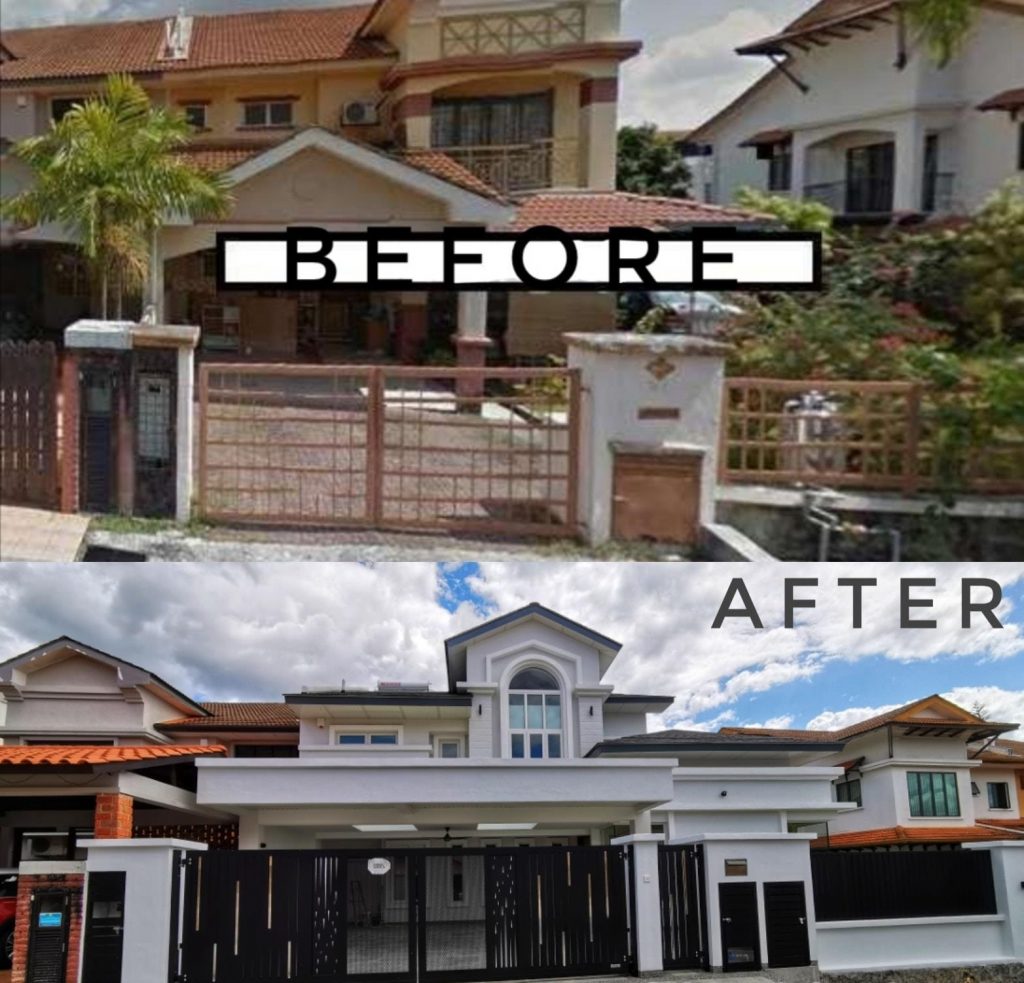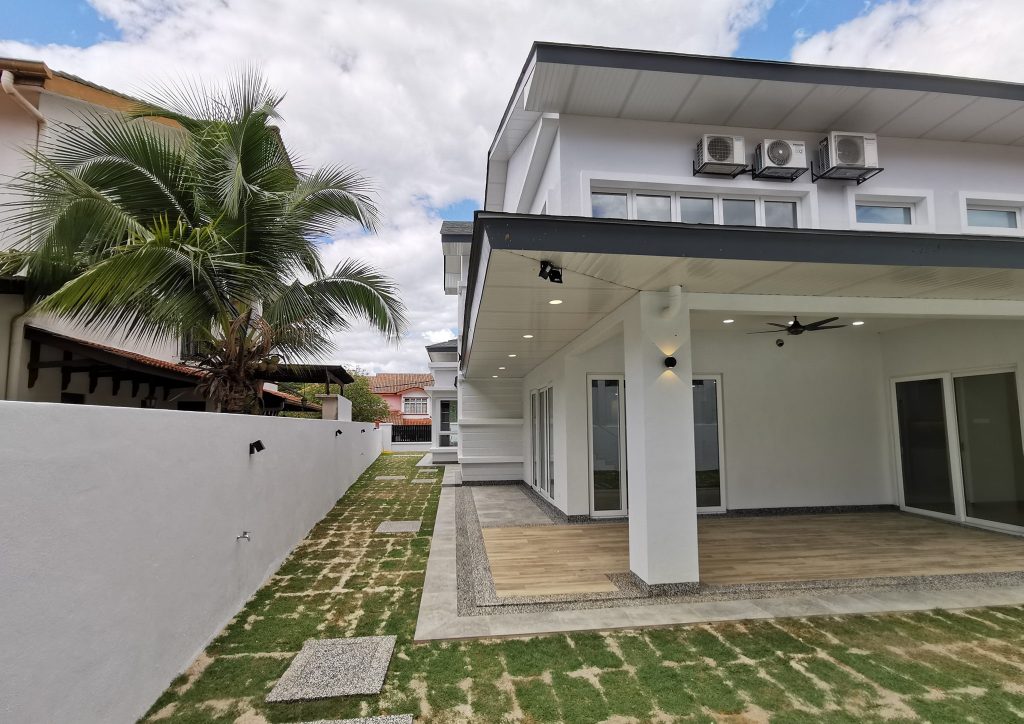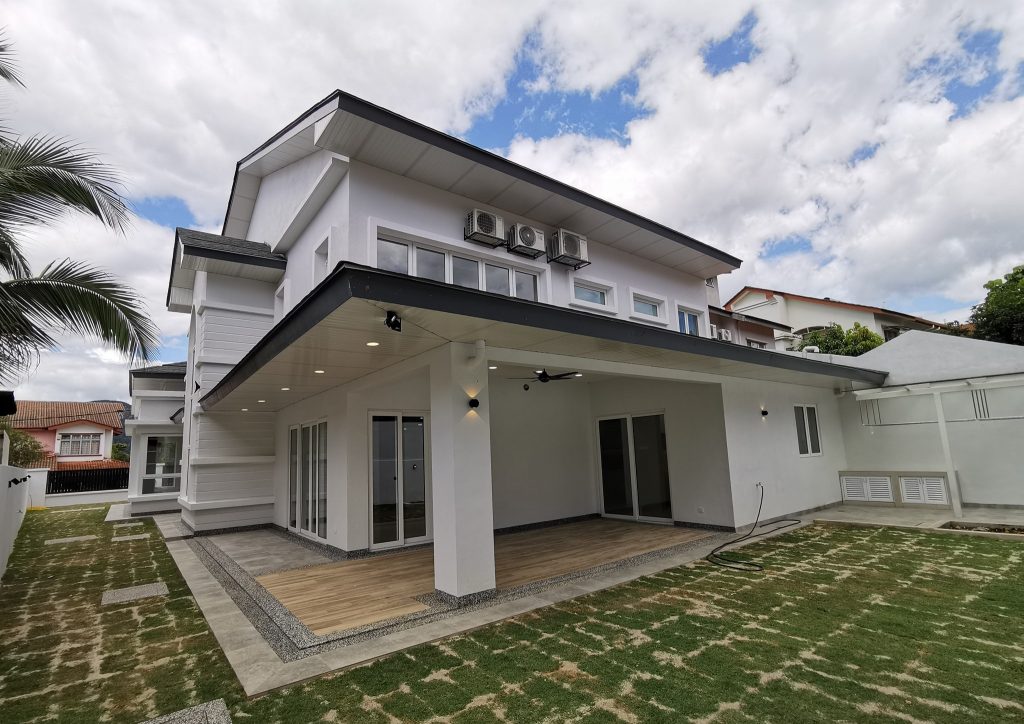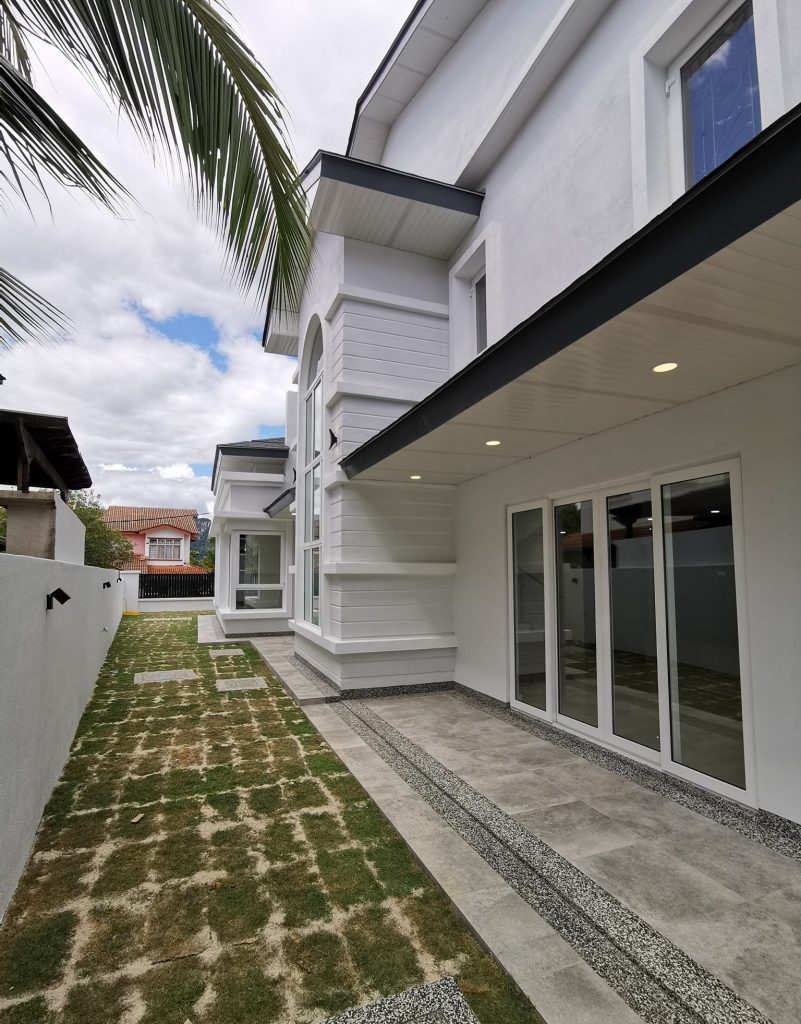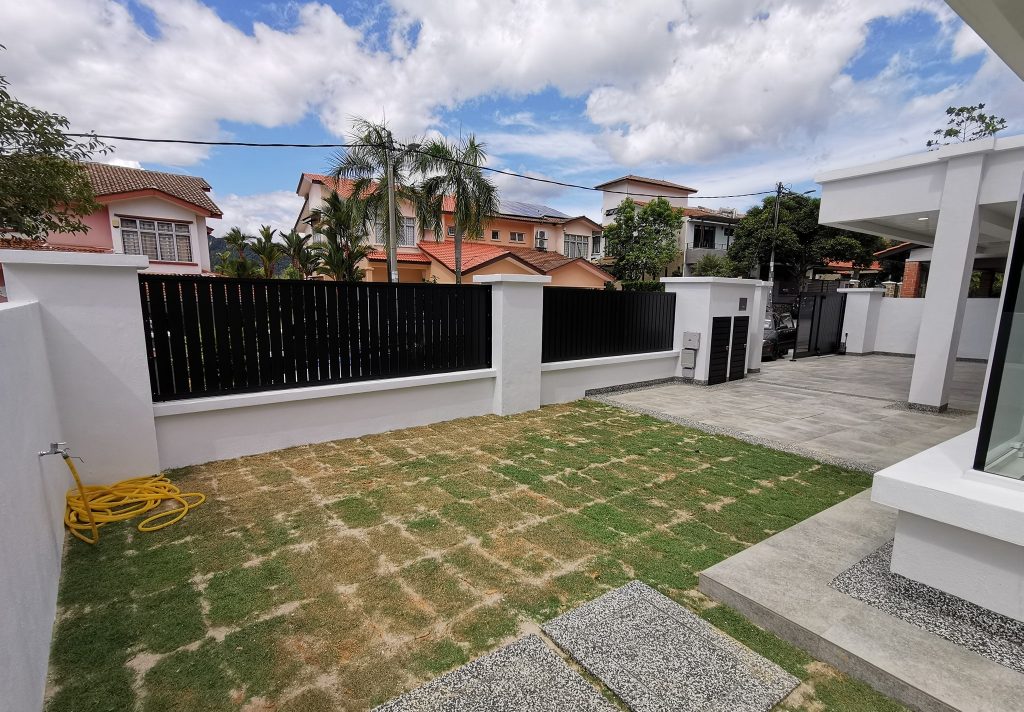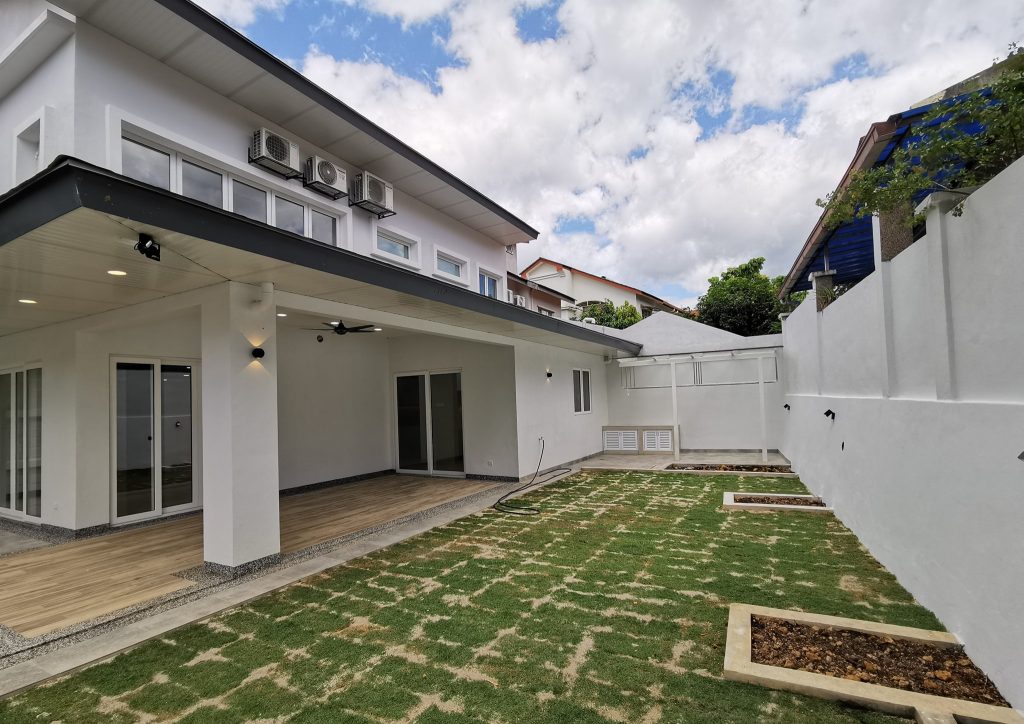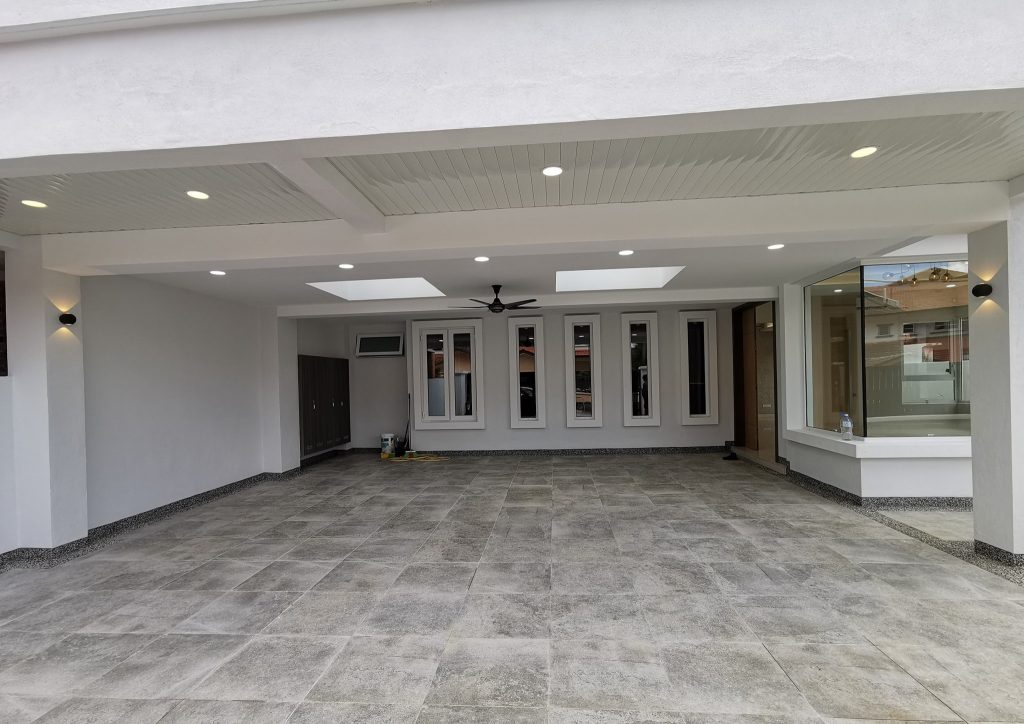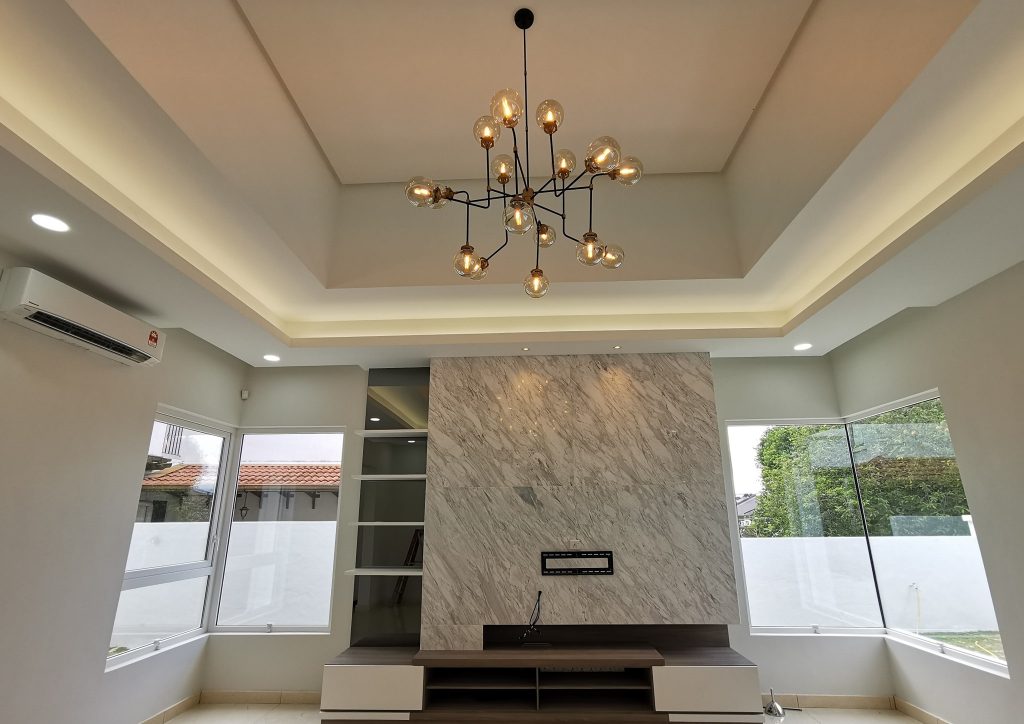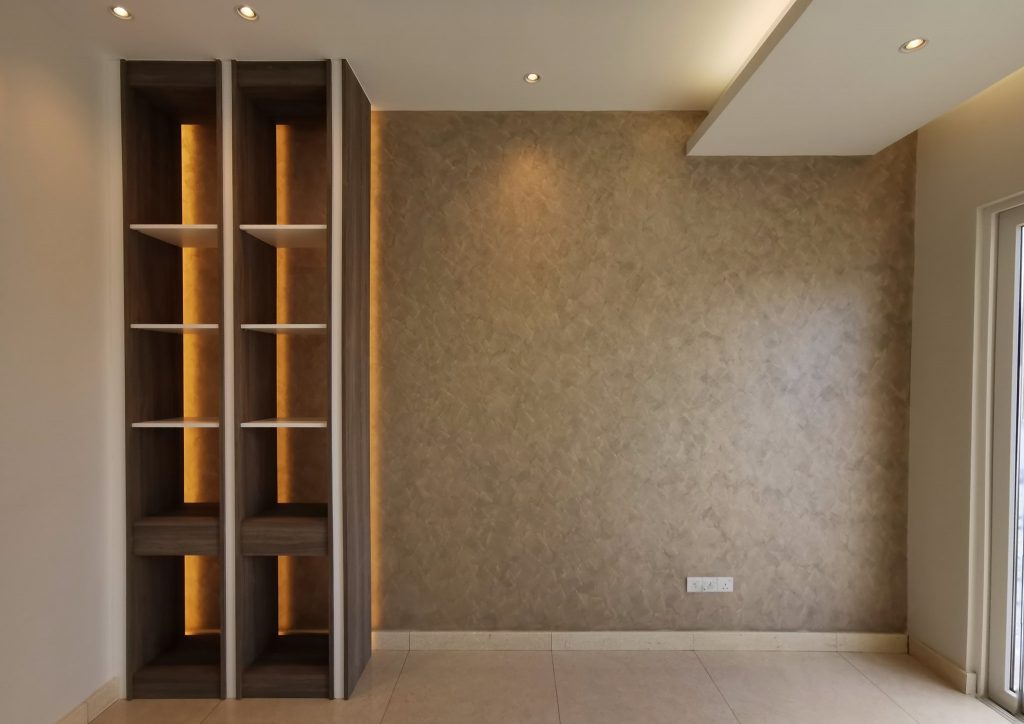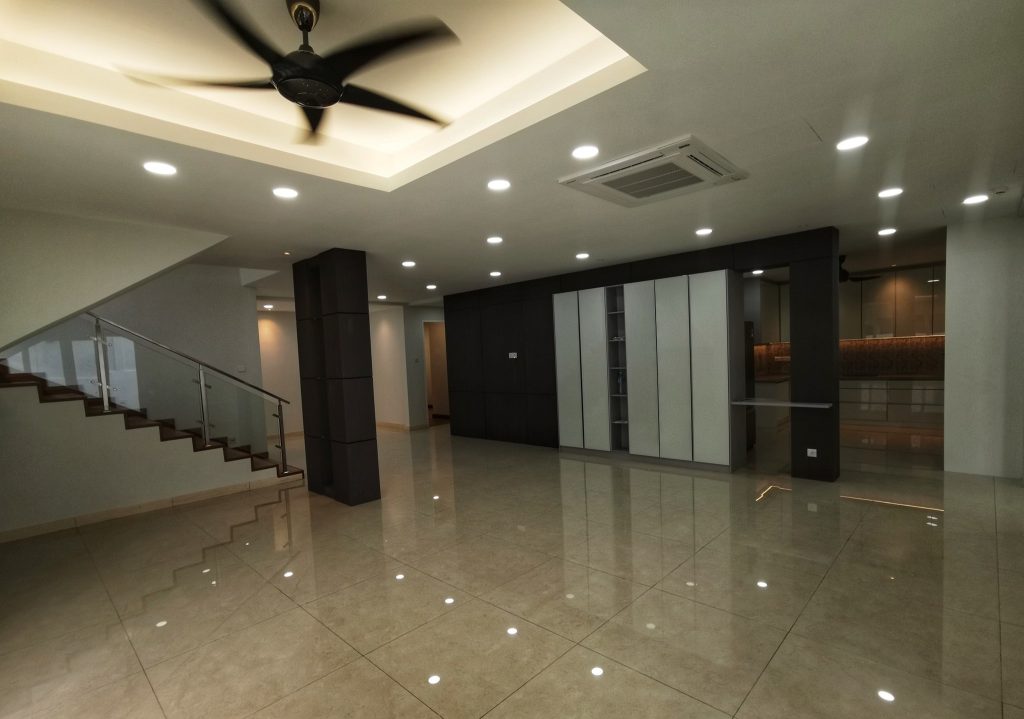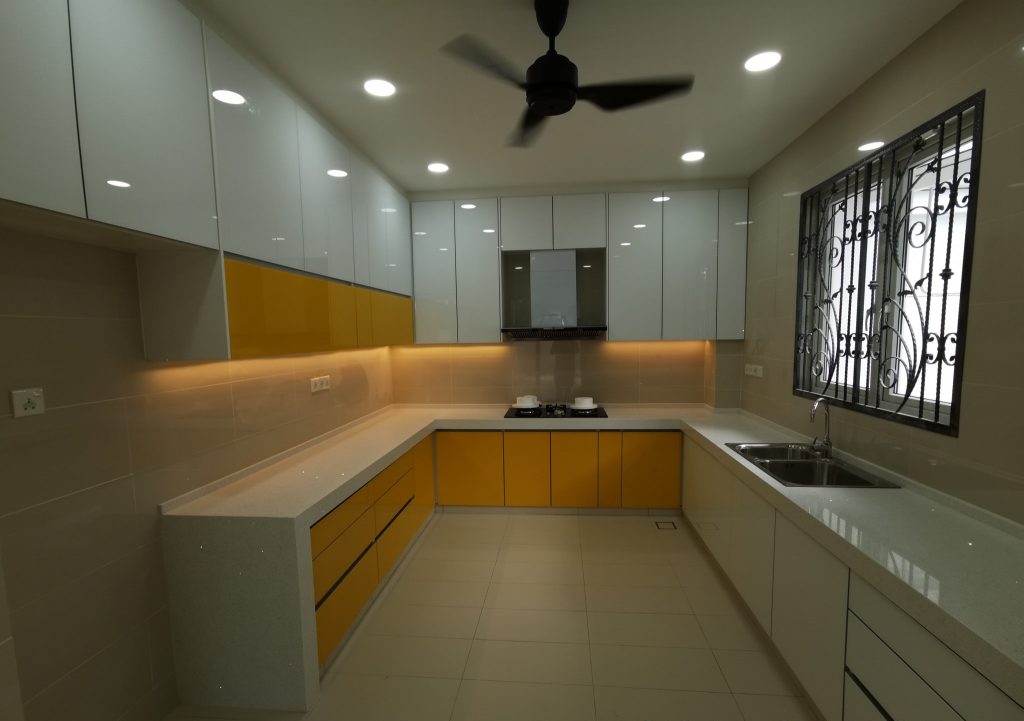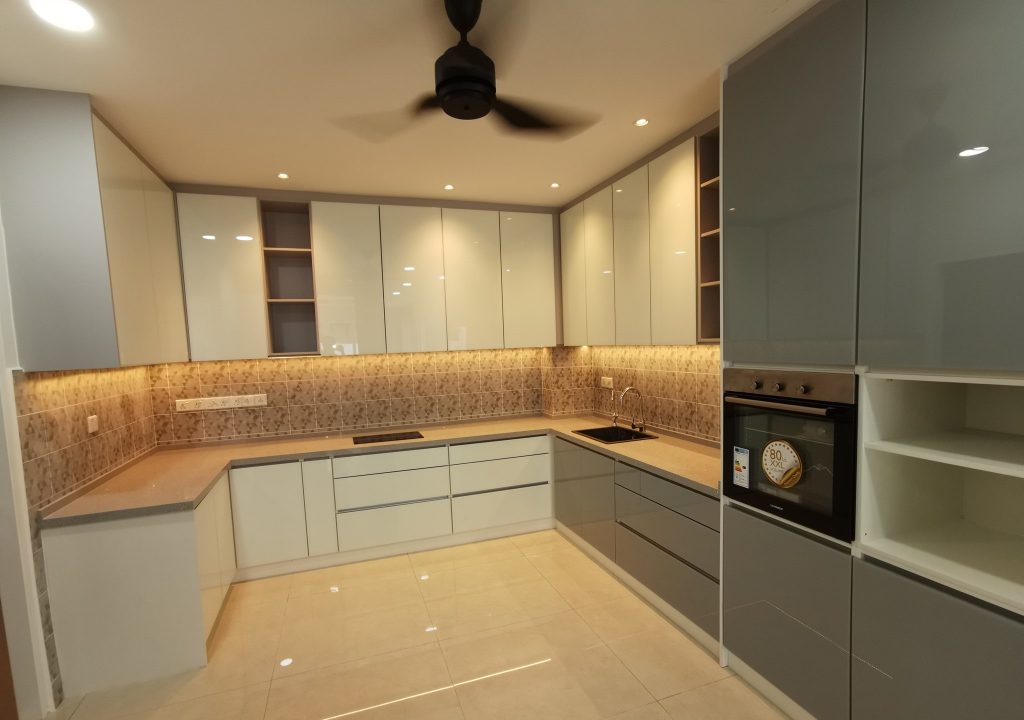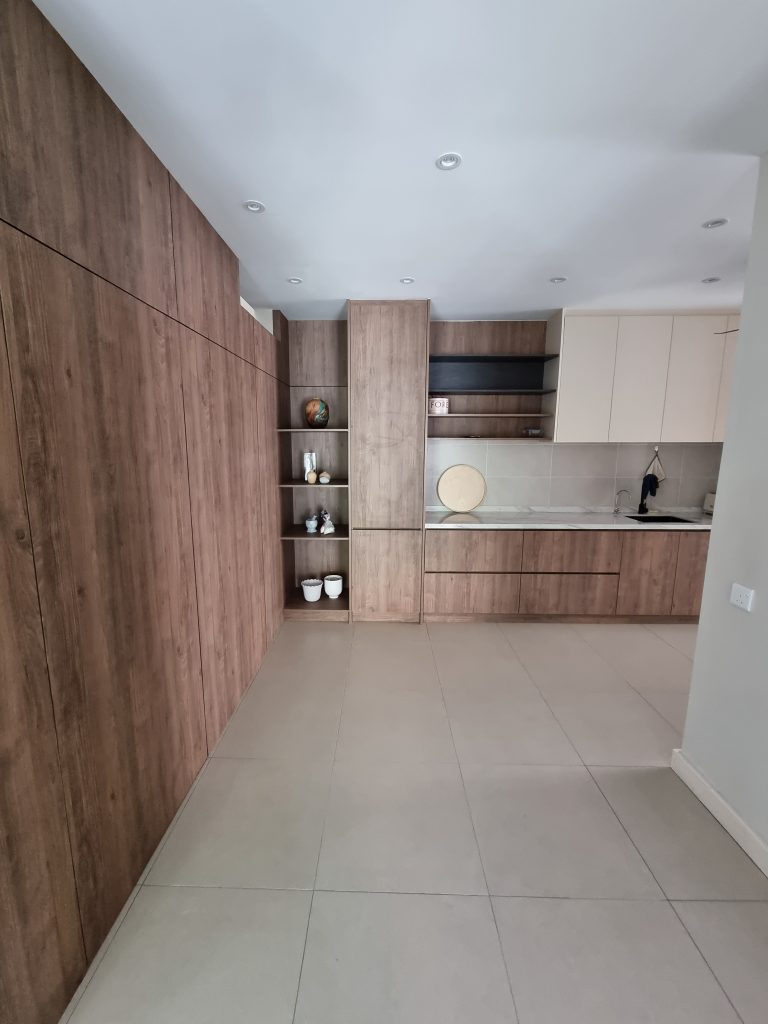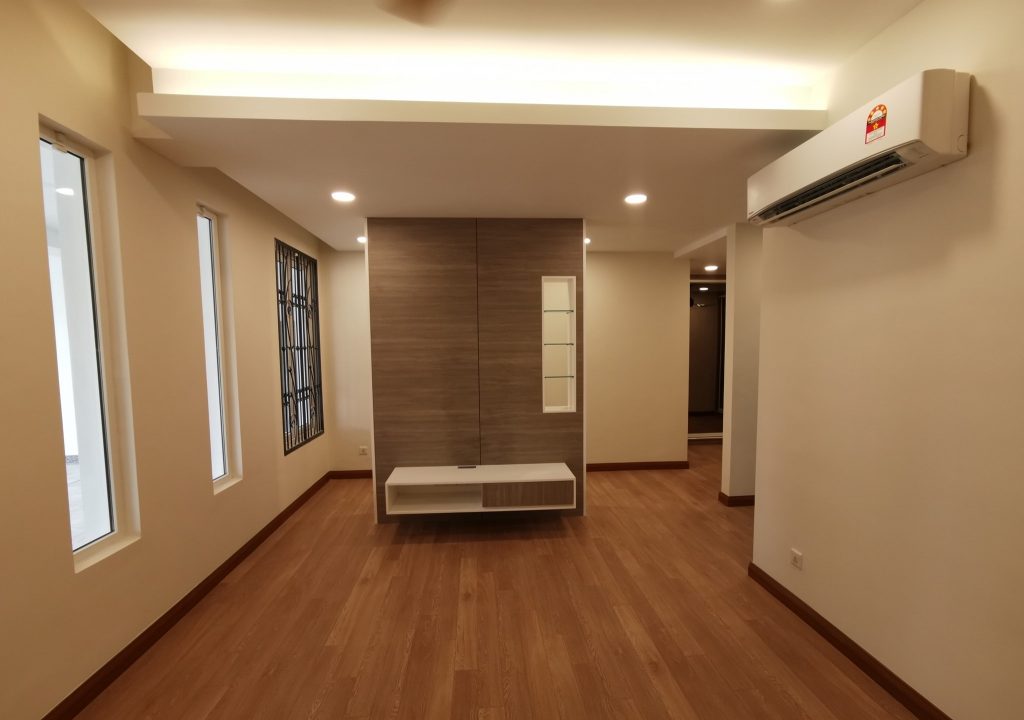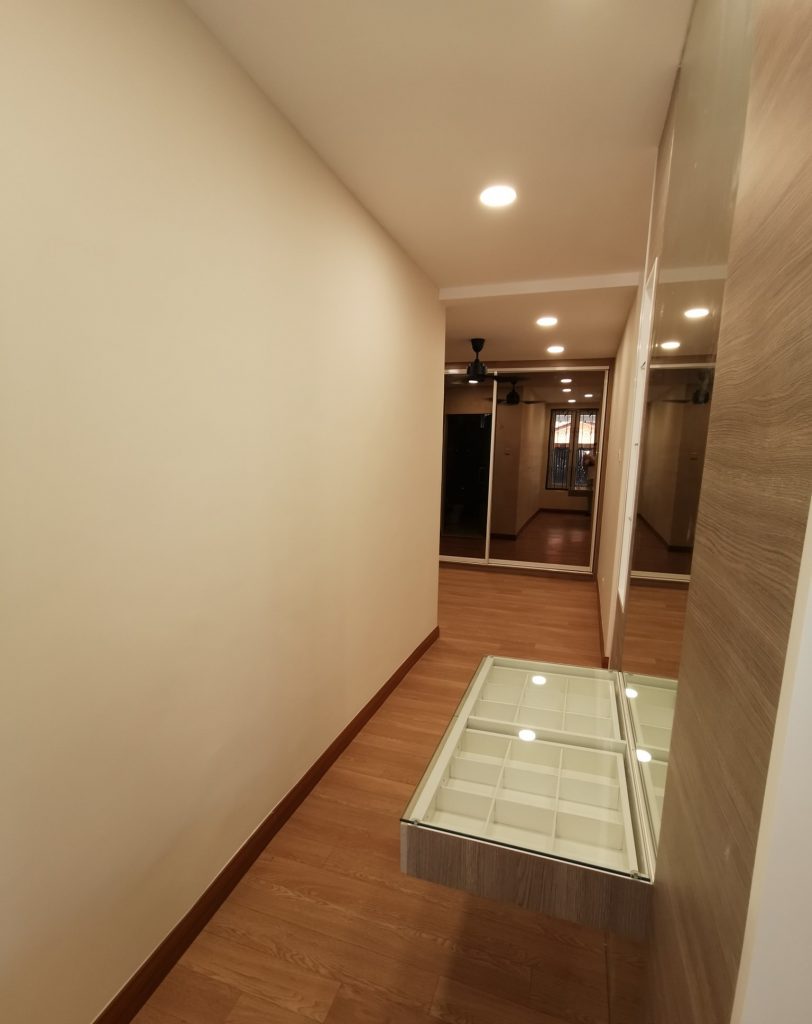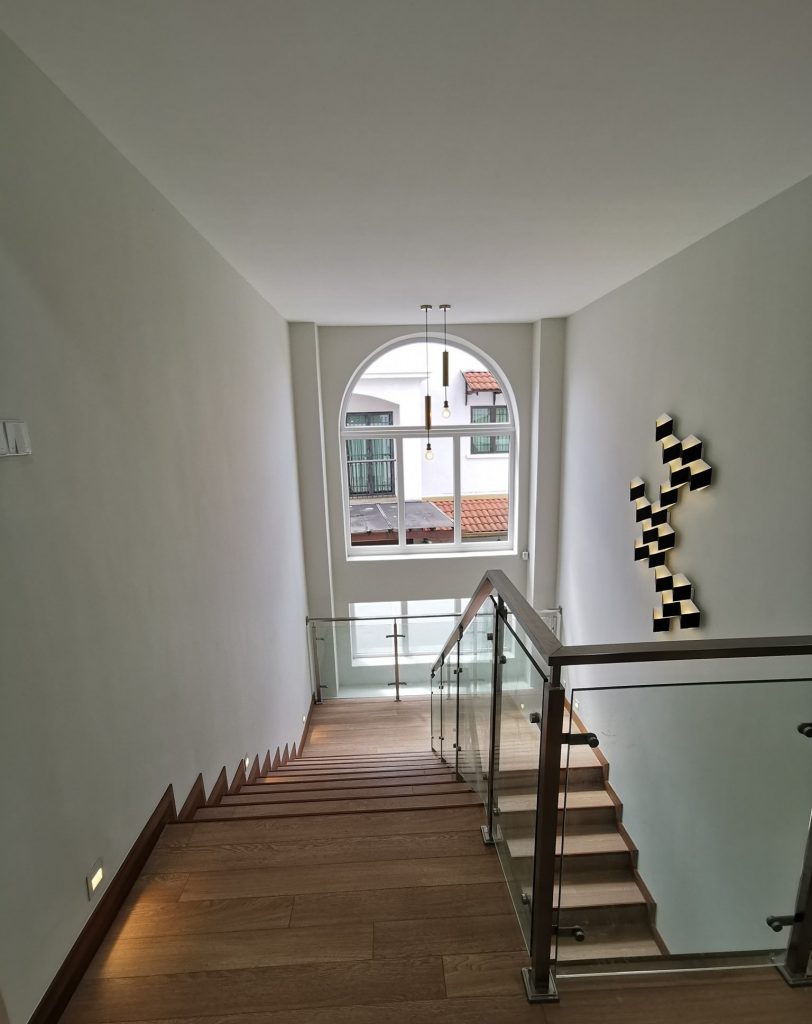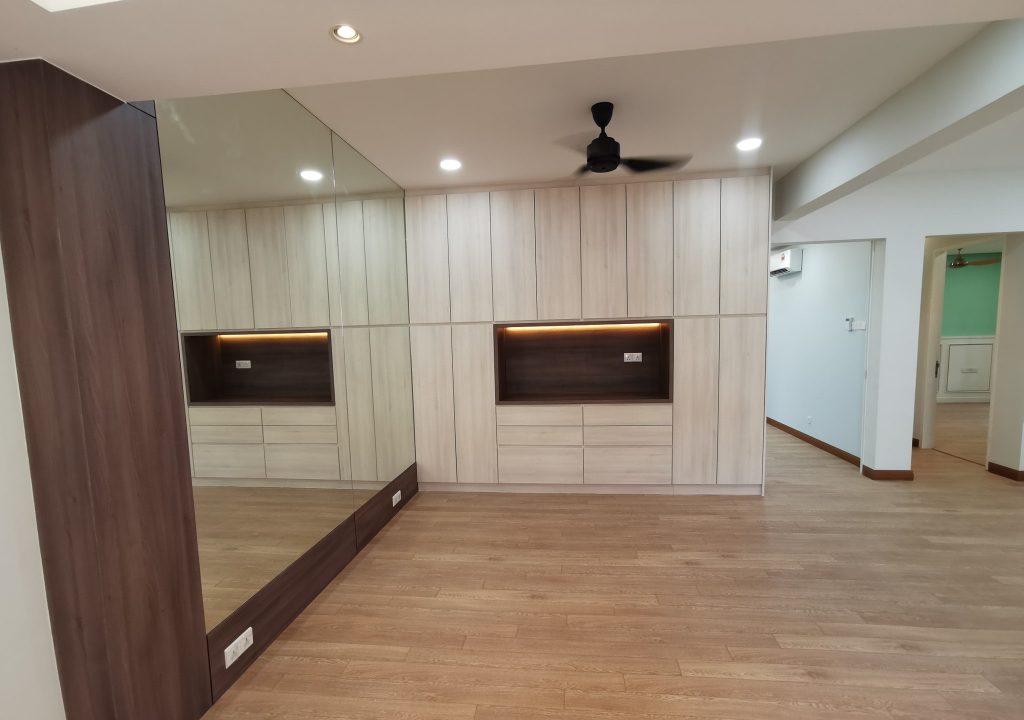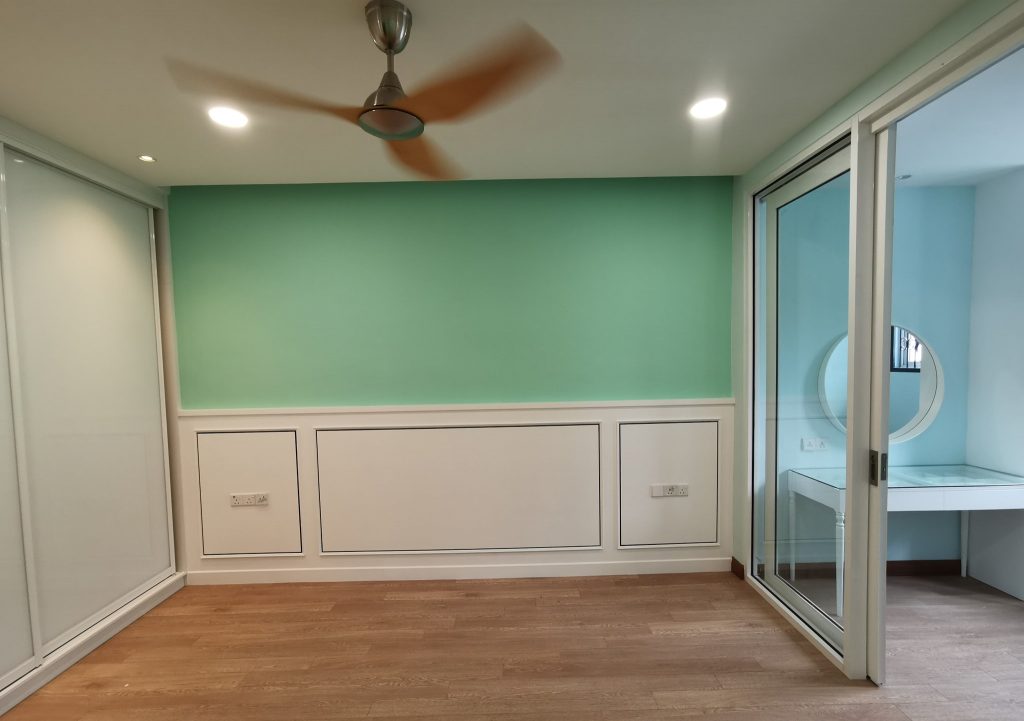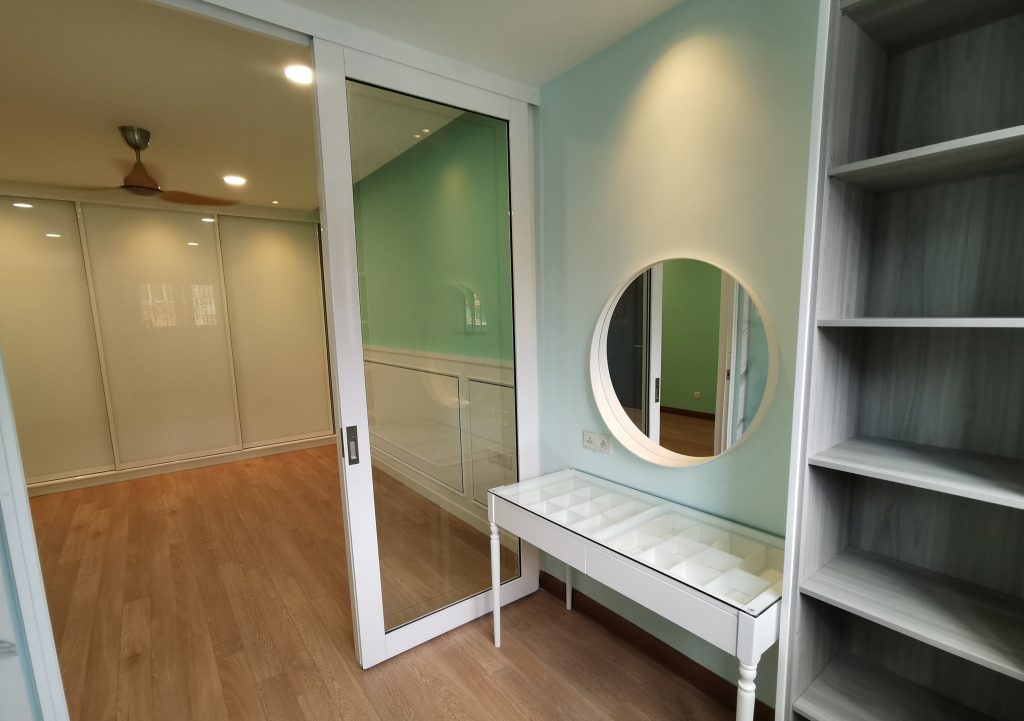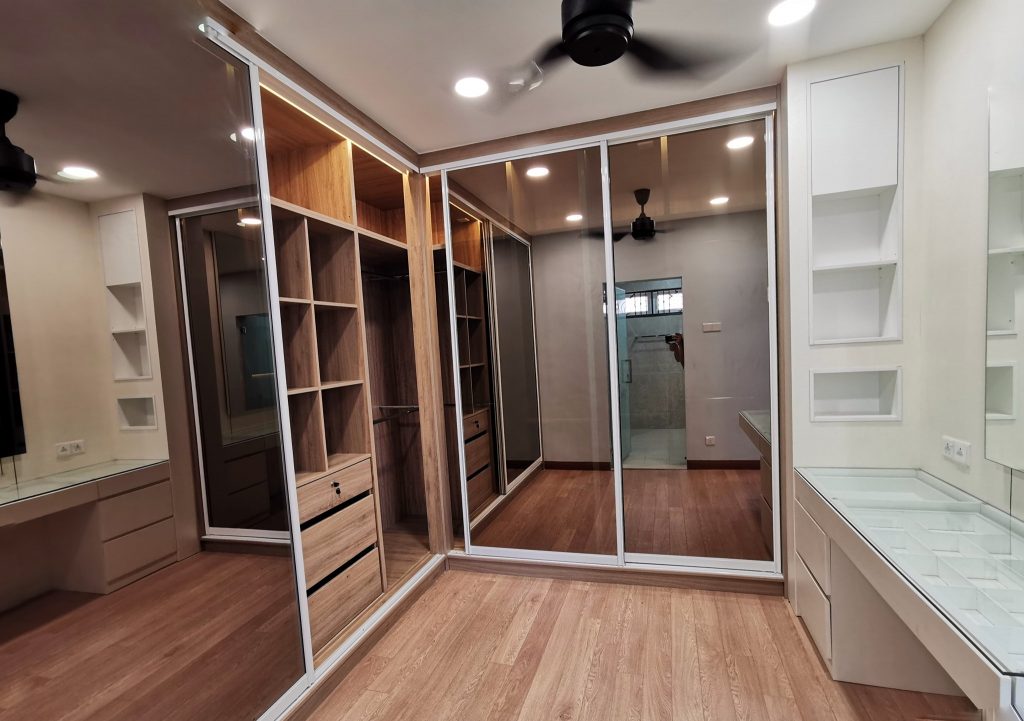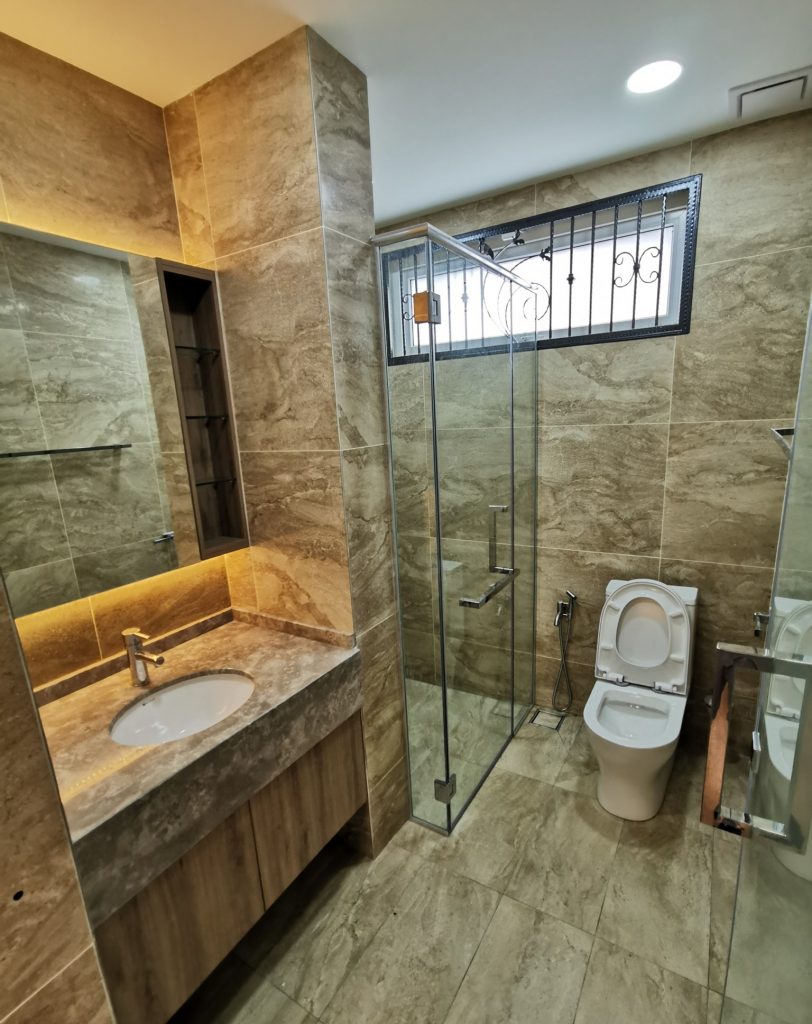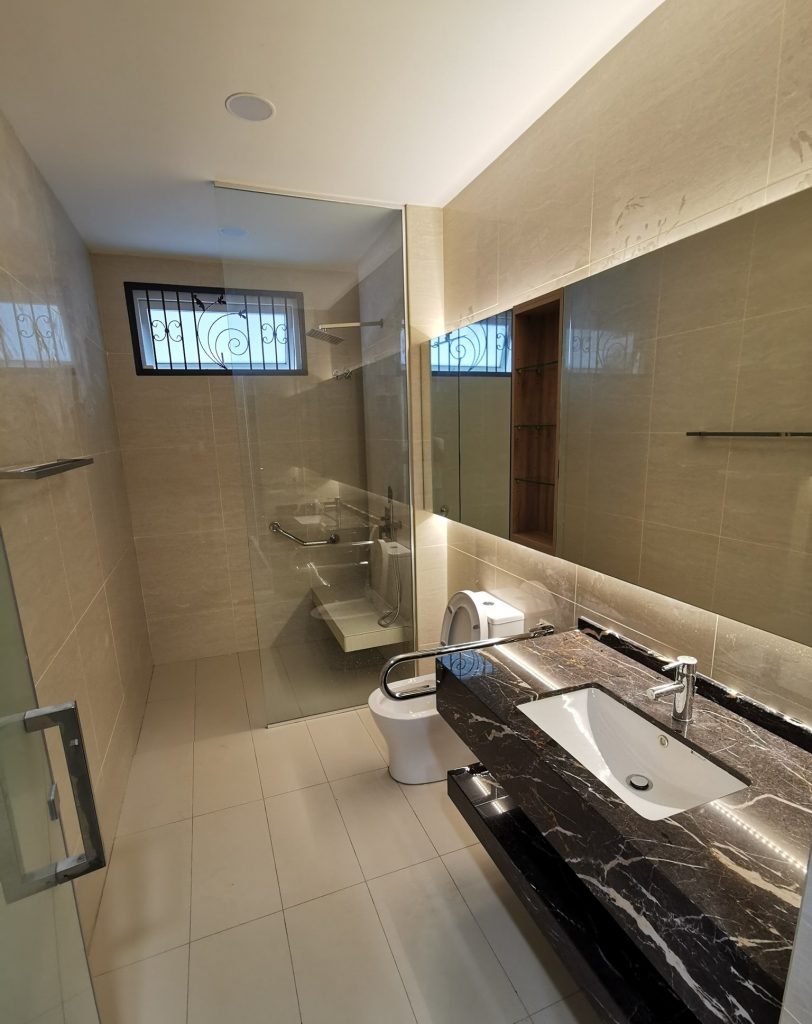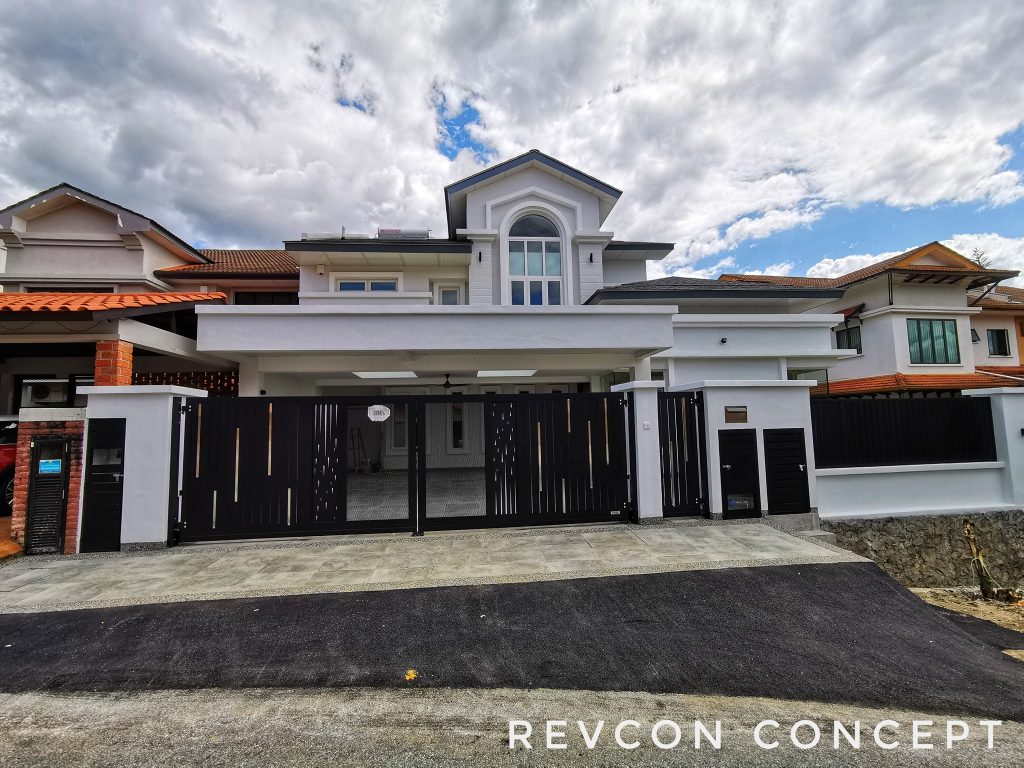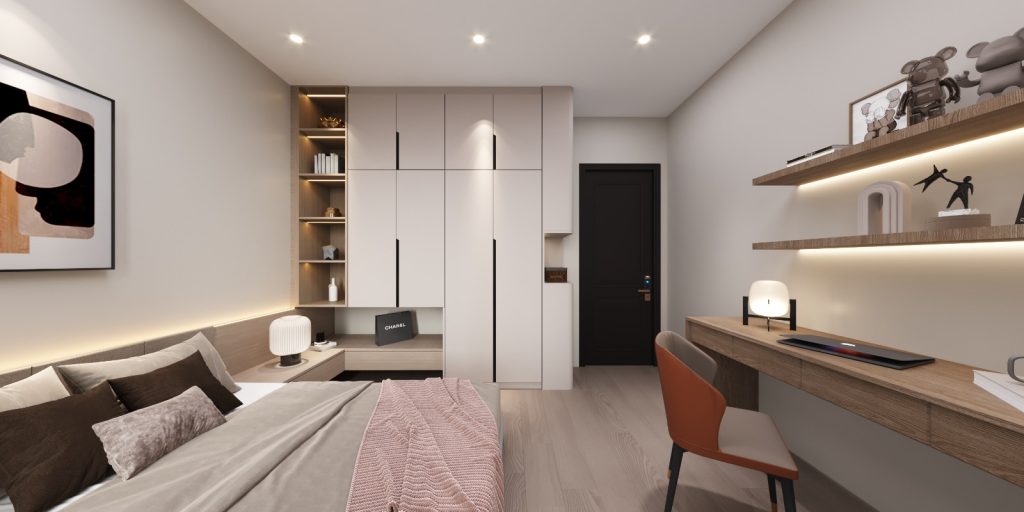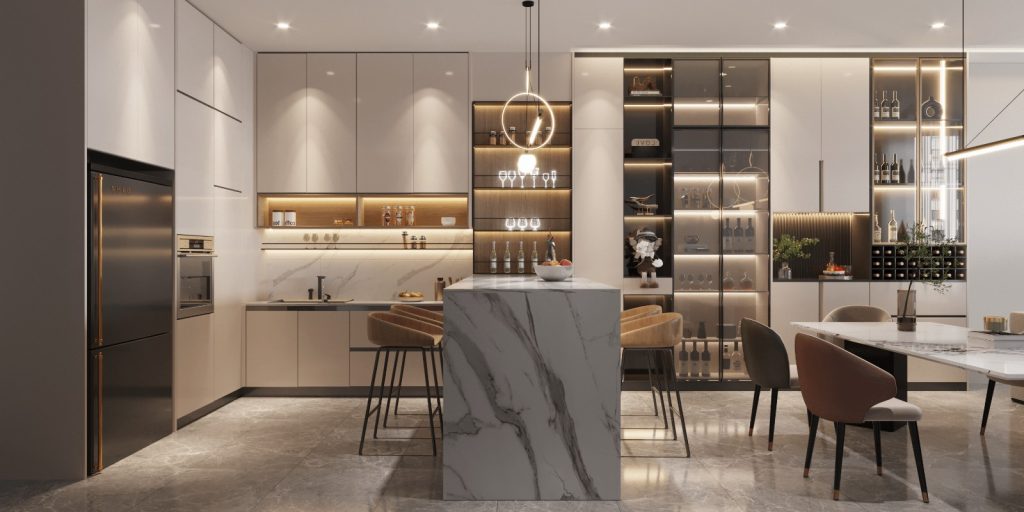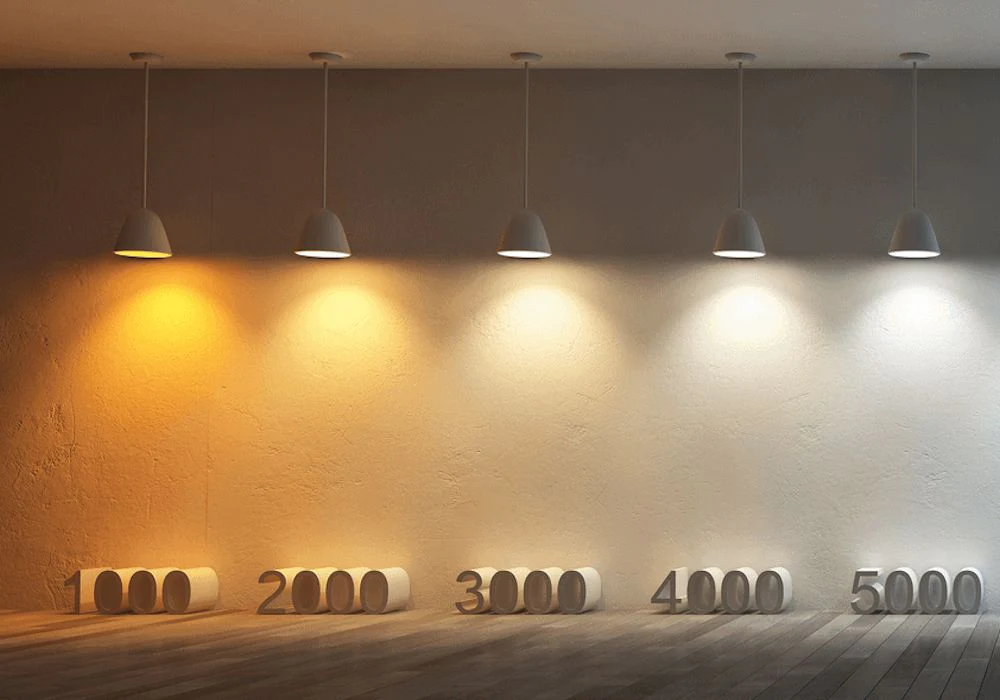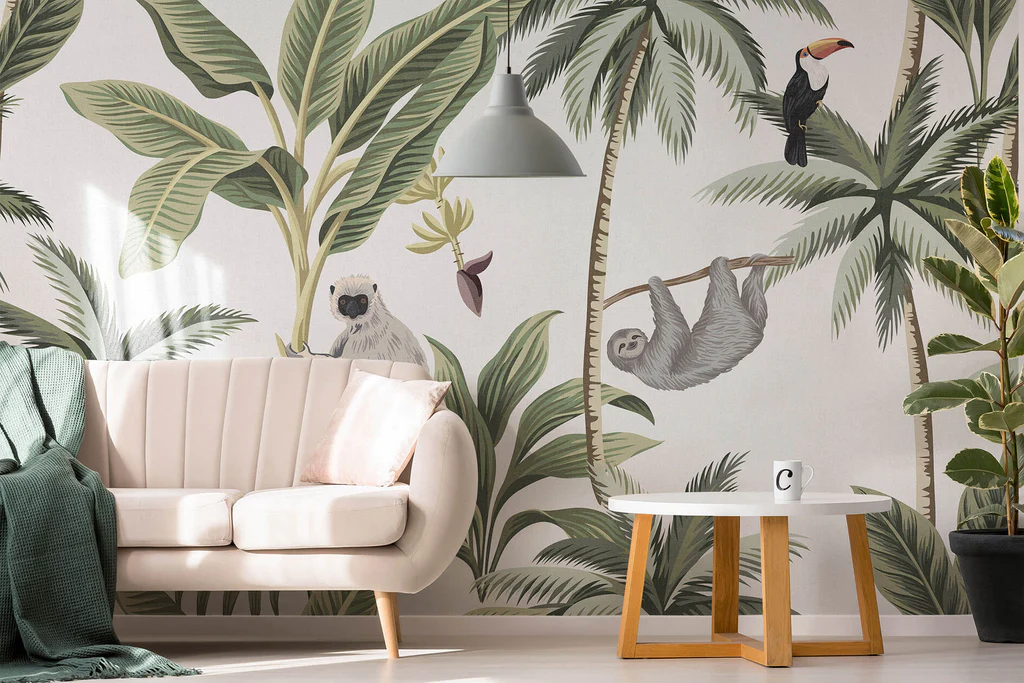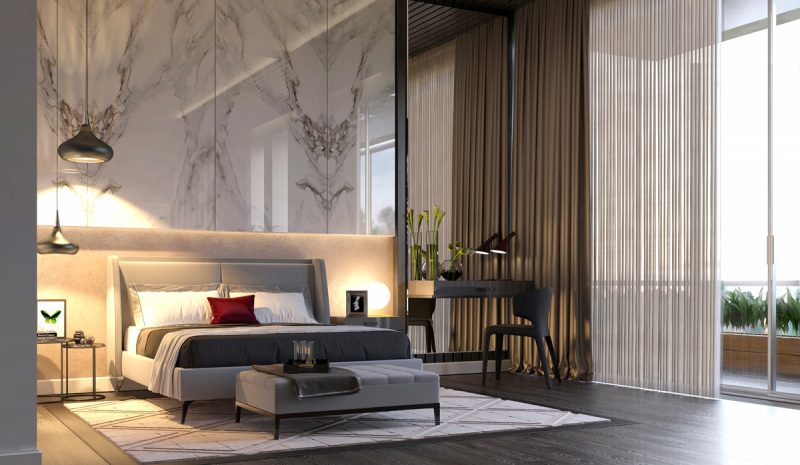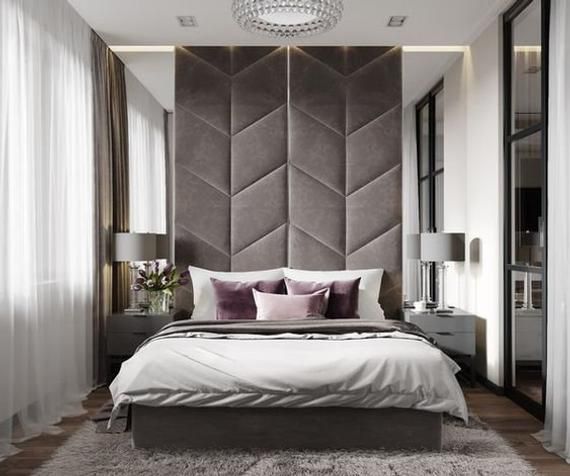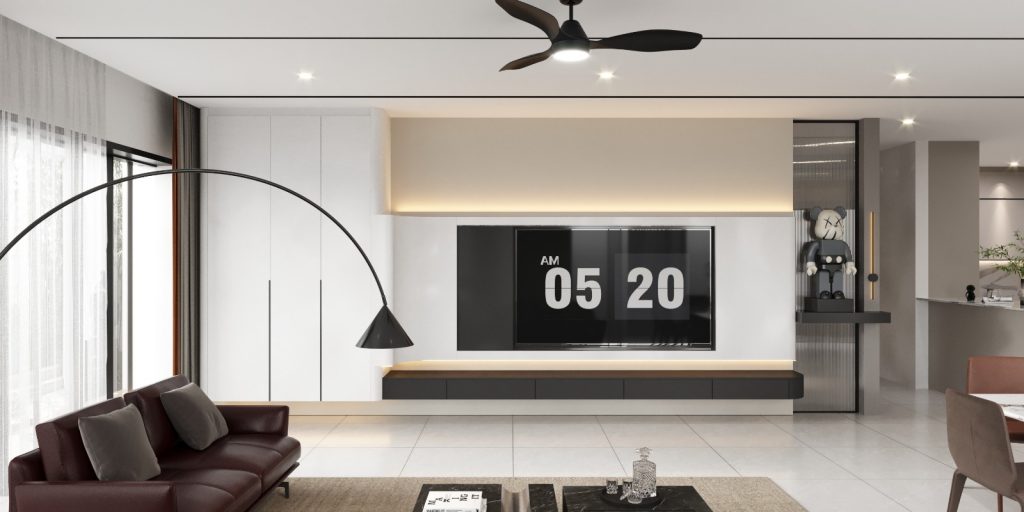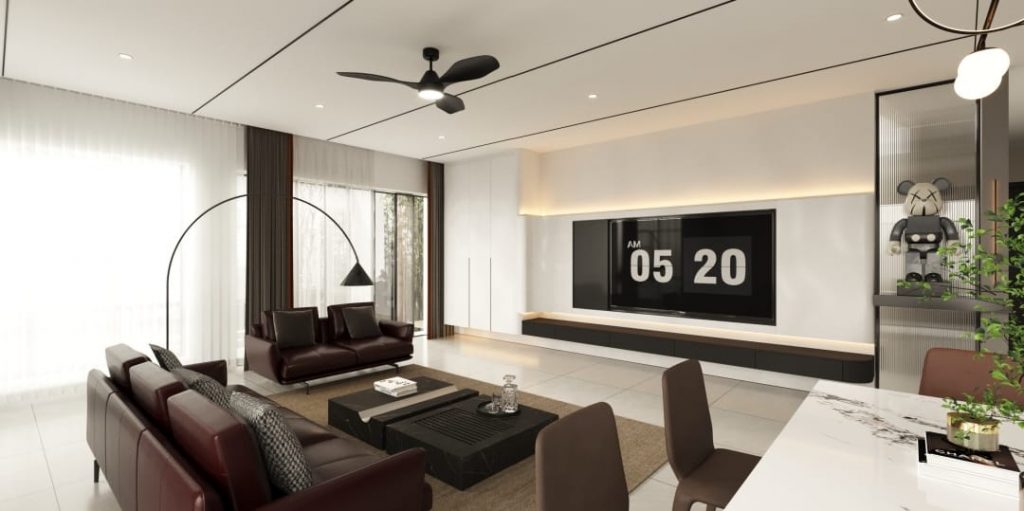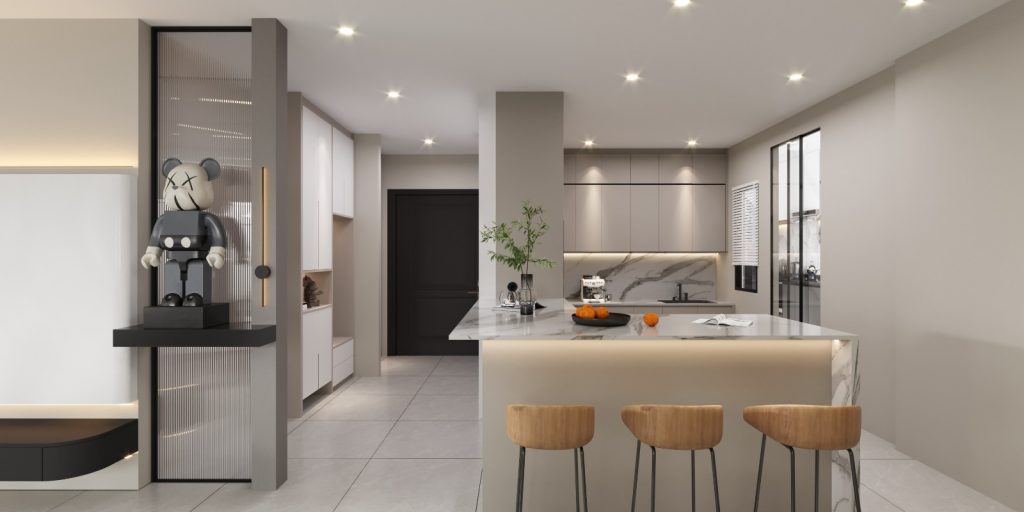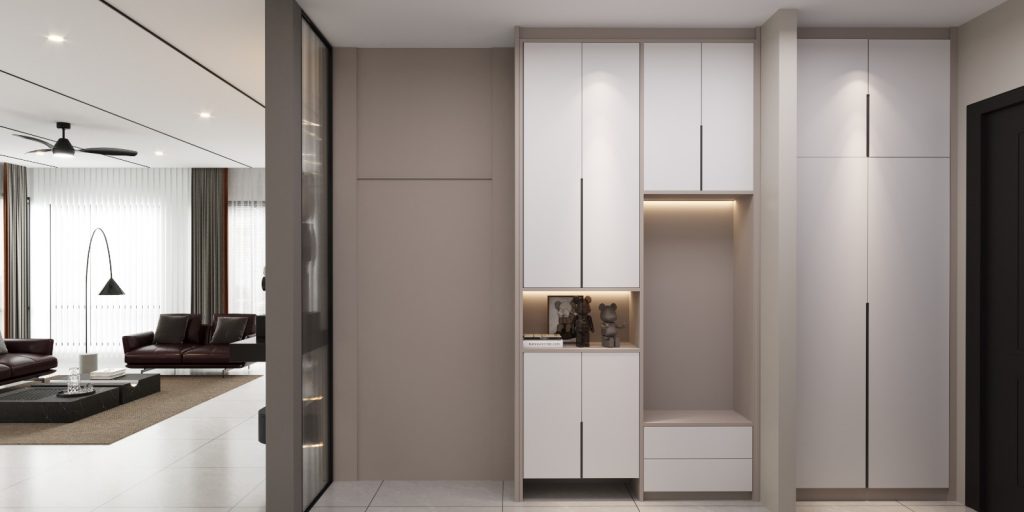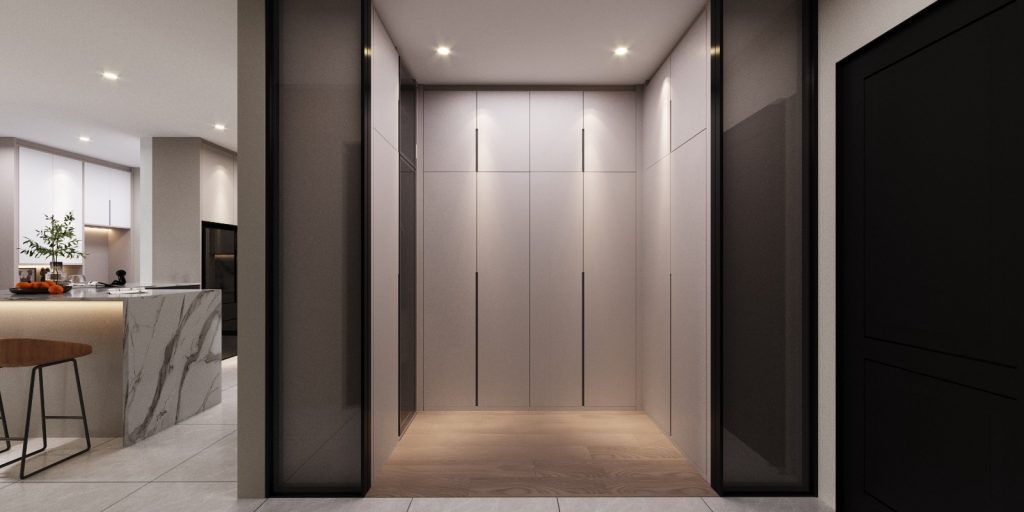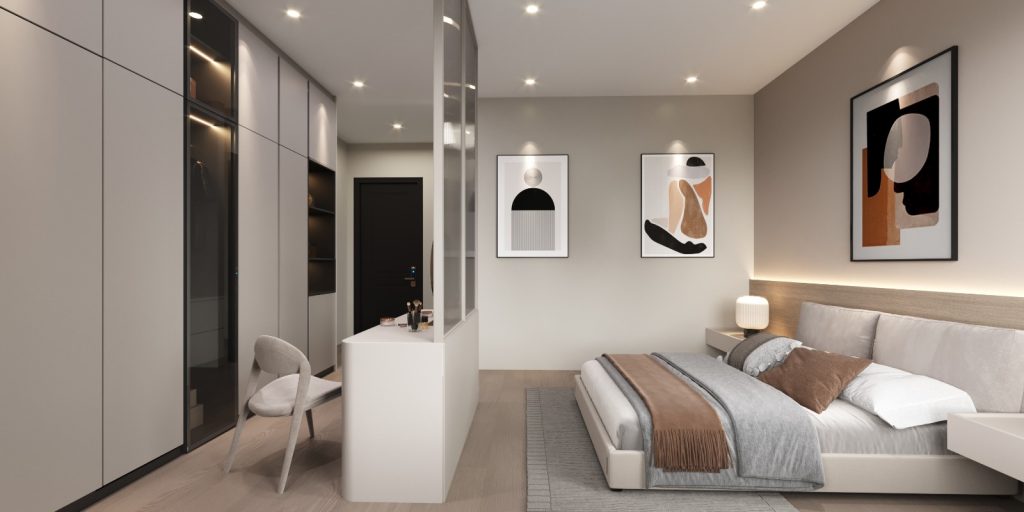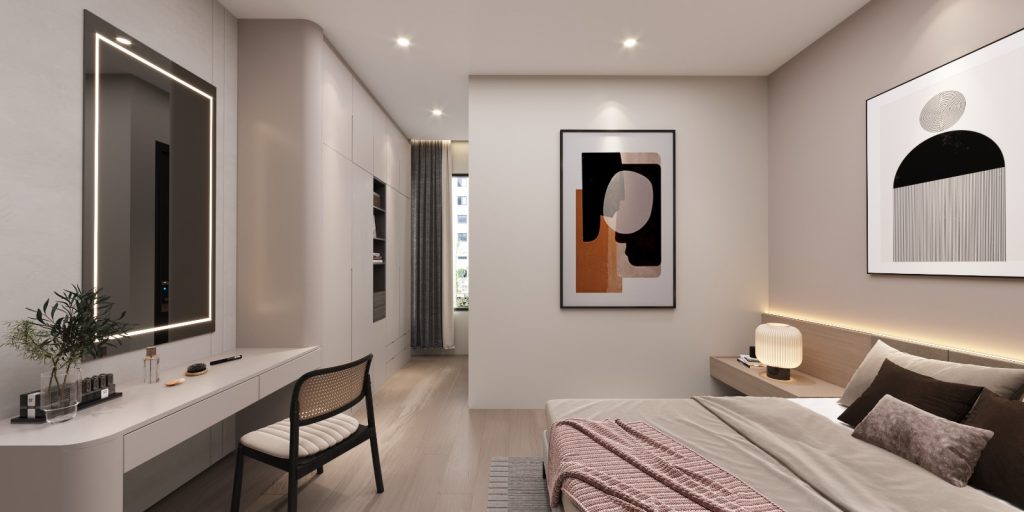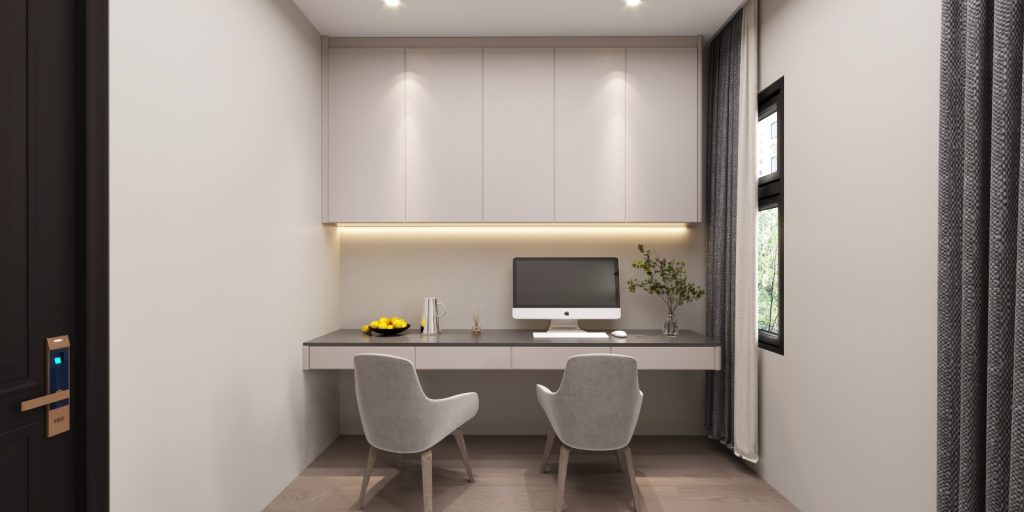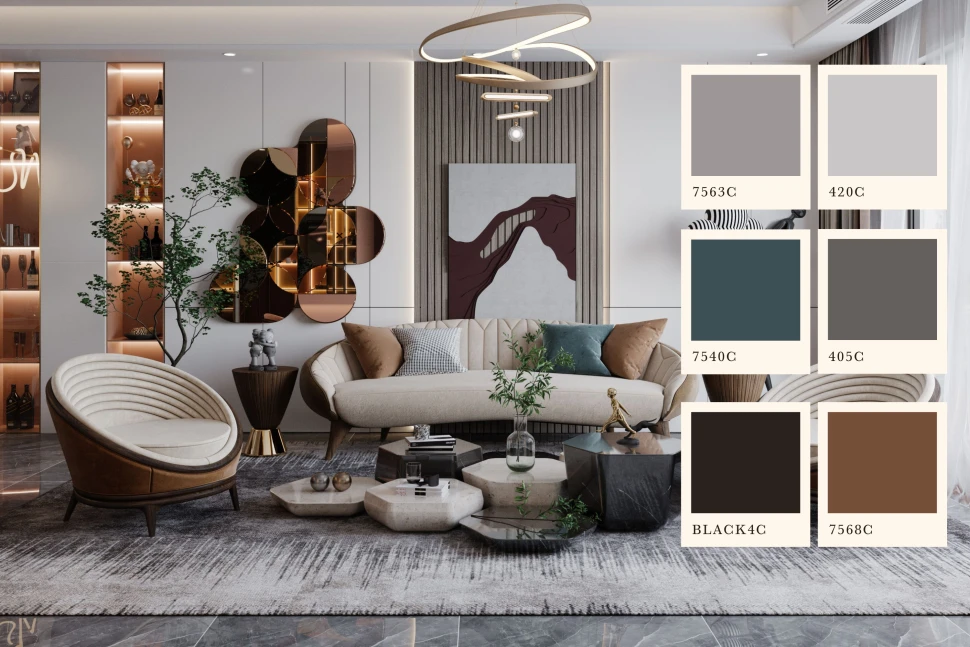What Renovations Can Improve Indoor Air Quality?
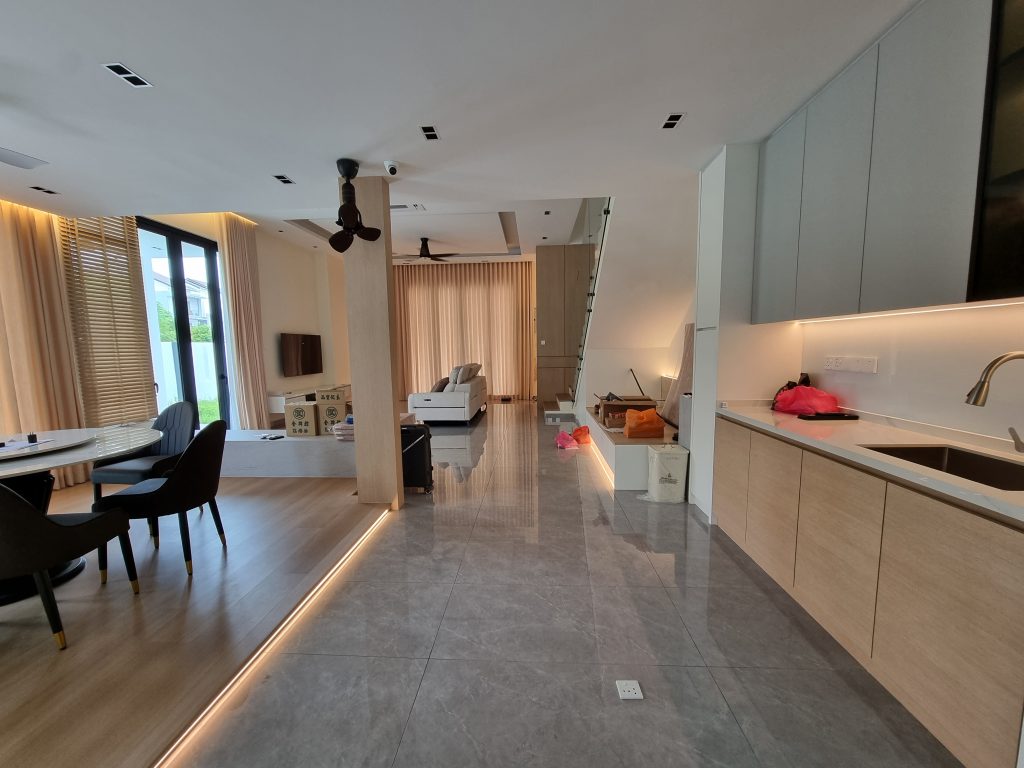
The air we breathe within the confines of our homes, especially in the context of interior design in Selangor, holds a profound impact on our overall well-being. Poor air quality can lead to an array of health concerns. Through strategic home renovations, we have the power to fortify the very air we breathe. This transformational process revolutionizes our living spaces into sanctuaries of clean, fresh air, ensuring not only aesthetic appeal but also prioritizing our health and comfort.
1. Ventilation systems
This process effectively removes pollutants generated within the living space, such as cooking fumes, pet dander, and volatile organic compounds (VOCs) emitted by household products. Simultaneously, it introduces fresh outdoor air which helps dilute and reduce the concentration of indoor pollutants. Furthermore, proper ventilation assists in controlling humidity levels, preventing excess moisture accumulation that can lead to issues like mold growth. Additionally, ventilation systems contribute to the removal of unpleasant odors, ultimately fostering a more comfortable and healthy living environment.
2. Air filtration systems
These systems operate by trapping and removing particles from the air, with High-Efficiency Particulate Air (HEPA) filters being particularly effective at capturing particles as small as 0.3 microns. This includes common allergens like pollen, dust mites, and pet dander. By incorporating air filtration, homes experience a reduction in allergens, making the indoor environment more comfortable for individuals with allergies or respiratory conditions. Additionally, these systems also aid in reducing the presence of airborne pathogens, contributing to a healthier and safer living space.
3. Natural materials
Wood, stone, and glass, along with utilizing low Volatile Organic Compound (VOC) products such as paints, adhesives, and furnishings, significantly improves indoor air quality. Natural materials emit fewer harmful chemicals compared to their synthetic counterparts, leading to a healthier living environment. This choice is advantageous for individuals with allergies to the chemical compounds often found in synthetic materials. Additionally, the use of natural materials aligns with sustainability efforts and reduces the environmental impact associated with construction and furnishing. By prioritizing natural and low VOC products, homeowners create a space that promotes both respiratory health and environmental well-being.
In conclusion, through thoughtful renovations, including expert interior design in KL, the significance of these endeavors transcends mere aesthetics. It extends to the air we inhale. Through these intentional steps, we redefine our living space and elevate them into realms of well-being, where every breath is an affirmation of a healthier, happier life..

